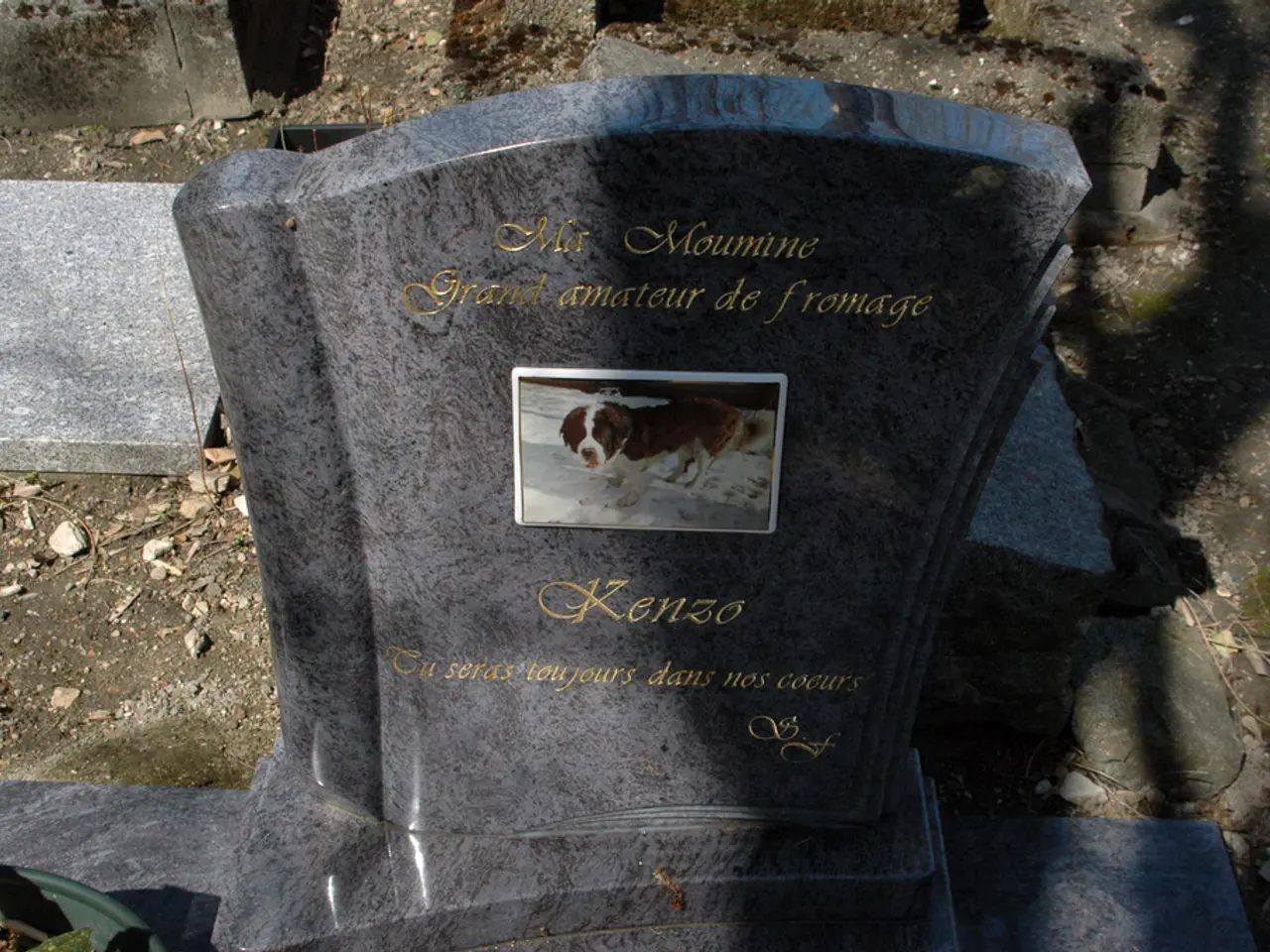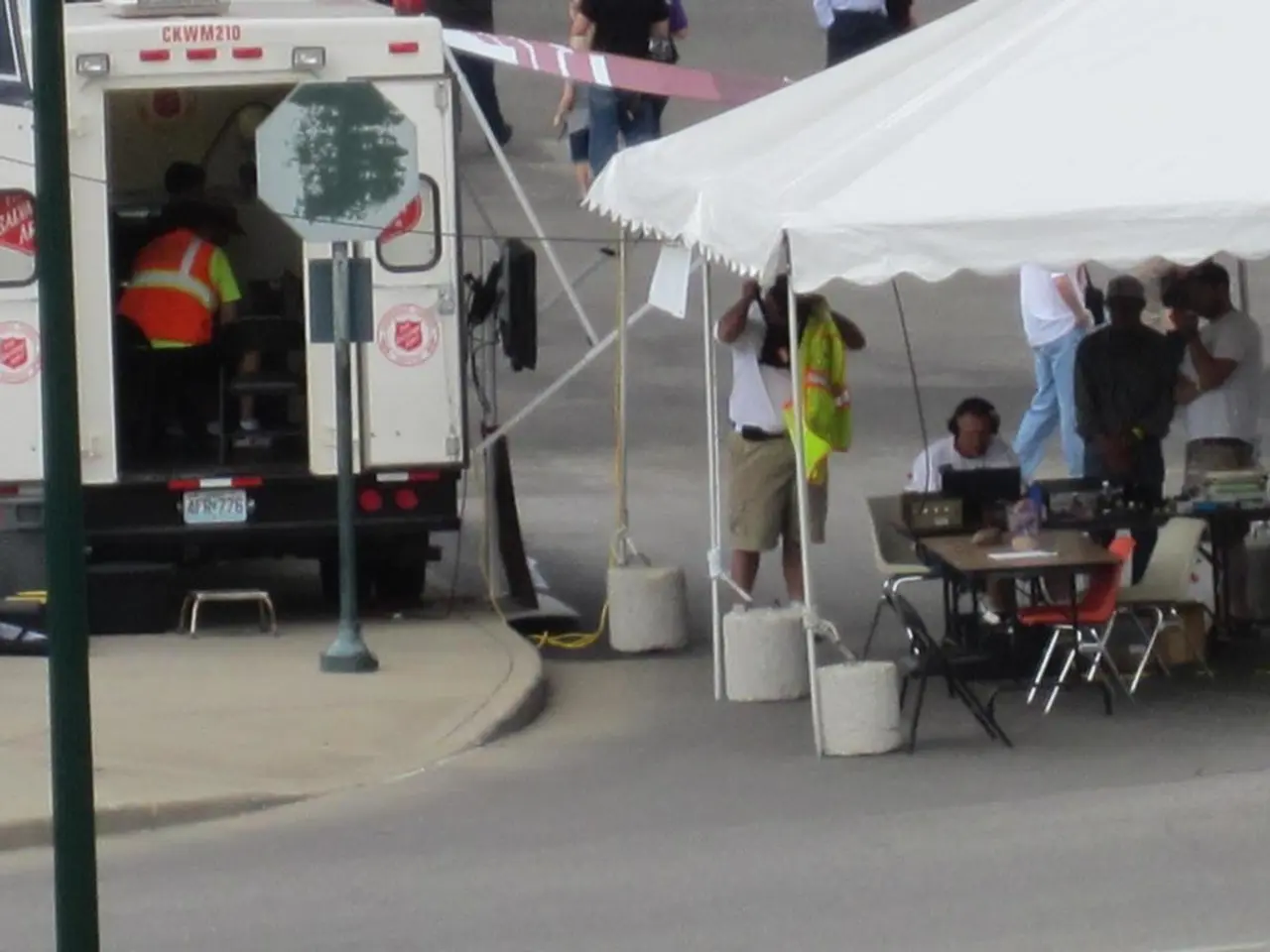UNESCO Designates Khmer Rouge Execution and Torture Sites in Cambodia as World Heritage Sites
**UNESCO Recognizes Cambodia's Dark History, Emphasizing Peace and Reconciliation**
In a significant move, UNESCO has added three Cambodian sites associated with the Khmer Rouge's brutalities to its Memory of the World Register. The Tuol Sleng Genocide Museum, Choeung Ek Killing Fields, and the Documentation Center of Cambodia Archives have been officially recognized, marking a powerful global acknowledgment of one of the 20th century's worst genocides.
During the Khmer Rouge's rule under dictator Pol Pot from 1975 to 1979, an estimated 1.7 to 2 million people lost their lives due to starvation, forced labor, torture, and executions. The aim of UNESCO's decision is to prevent such tragedies from recurring and to educate future generations about the Khmer Rouge's atrocities.
The Tuol Sleng Genocide Museum, once a school, was turned into a prison during the Khmer Rouge's rule. Thousands of people were tortured there before being sent to Choeung Ek for execution. Choeung Ek Killing Fields was a site of mass executions, where victims were buried in mass graves.
The inclusion of these sites in UNESCO's efforts serves several purposes. It ensures that the atrocities committed by the Khmer Rouge are remembered and documented, preserving the historical record for future generations. This is crucial in educating people about the brutal regime that ruled Cambodia during that period.
The designation provides international recognition of the suffering endured by the Cambodian people during the Khmer Rouge regime. It underscores the global community's commitment to acknowledging and honoring the victims of genocide.
The recognition also promotes peace and human rights. By acknowledging these dark episodes in Cambodian history, UNESCO contributes to the promotion of peace and reconciliation. It supports Cambodia's efforts to transform its painful past into a message of peace and reconciliation.
The Documentation Center of Cambodia Archives preserves vital records and testimonies from survivors and families of the Khmer Rouge's atrocities. This center plays a crucial role in ensuring that the stories of the victims are preserved and shared.
Survivors of the Khmer Rouge regime expressed gratitude and emotion at the UNESCO recognition. Some called it a long-overdue act that validates their suffering and honors the memories of those lost. Cambodian officials and human rights groups echoed the sentiment, stating it will support continued efforts to preserve evidence and educate people about the atrocities.
This move aligns with Cambodia's broader efforts to strengthen its transitional justice legacy, including the Khmer Rouge Tribunal (ECCC). The recognition encourages peace and reconciliation in Cambodia.
The inclusion of these sites in UNESCO's initiatives is a significant step towards preserving history, promoting education, and fostering international awareness and respect for human rights. It underscores UNESCO's commitment to its mission to promote peace and understanding, prevent denialism, and encourage peace and reconciliation.
- In aligning with Cambodia's broader efforts, this recognition by UNESCO of the Khmer Rouge's atrocities in sites like the Tuol Sleng Genocide Museum, Choeung Ek Killing Fields, and Documentation Center of Cambodia Archives serves to not only preserve history but also to promote world-wide education and awareness about the devastating consequences of war-and-conflicts, politics, and general-news that can lead to such atrocities.
- As the world continues to grapple with ongoing conflicts and political instability, the UNESCO recognition of Cambodia's dark history, particularly the Khmer Rouge's genocide, serves as a stark reminder of the importance of peace and reconciliation in the face of world-news, politics, education, and war-and-conflicts, emphasizing the value of preventing such tragedies from recurring in the future.








